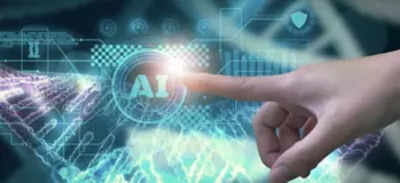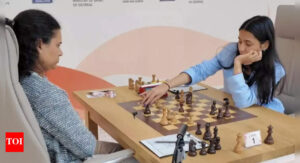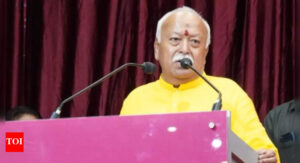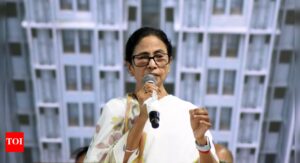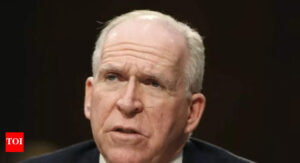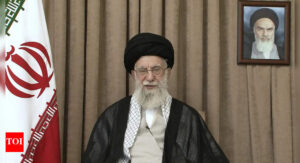Fractal proposes indigenous AI medical models to improve healthcare

HYDERABAD: IPO-bound Fractal Analytics submitted a proposal to the IndiaAI Mission to build indigenous medical foundation models aimed at improving healthcare accessibility, medical education, and clinical decision support. Srikanth Velamakanni, co-founder of Fractal Analytics, said the estimated cost of the project would be around Rs 150 crore.Fractal proposed building a comprehensive family of foundation models—from base language models to specialised medical reasoning systems with multimodal capabilities to advance AI in healthcare, aimed at transforming the medical landscape.
“The PG NEET test is taken by 200,000 people every year. Indian doctors take it annually for their post-graduation in medicine. On that test, we scored 83, which is our benchmark. All the other open-source models we accessed scored much less than that. We launched Vaidya AI to elevate it to the next level by building India’s biggest breakthrough medical model,” Velamakanni said.The Mumbai-based company developed India’s first multimodal medical assistant, which outperformed frontier language models like GPT-4o, Gemini, and Llama 3.2 on the PG NEET benchmark. Trained extensively with more than 650,000 images and 200,000 text samples, Vaidya.ai exhibits proficiency in processing various Indian languages, such as Hindi, Kannada, Tamil, and Telugu.
Fractal’s proposal said that multimodal reasoning systems possess the capability to recognise patterns of symptoms, enhancing diagnostic assessments through analysis and verification across X-rays and CT scans. These systems function by validating signals between different modes of data collection, such as establishing connections between minute features of lung nodules visible in CT scans, alterations in respiratory measurements from wearable devices, and descriptive information documented in clinical records.
India’s healthcare system demonstrates a pressing need for technological advancements. The disparity in healthcare access is particularly evident in rural and semi-urban regions, where the ratio of doctors to patients surpasses 1:1,500, significantly higher than the WHO’s recommended standard of 1:1,000.
He said the medical reasoning model supports doctors and patients with diagnosis and health-related questions. “The model can aid medical reasoning. It can assist a doctor in reaching a diagnosis. It could help a patient understand their symptoms or determine what their side effects might be. It can also provide guidance on what nutrition they should follow.” The tech roadmap has two phases, with the first one incorporating a foundational language model trained from scratch on 18T tokens, STEM content, coding, and educational material.It also includes a multimodal foundation integrating the vision encoder with the language model. The second phase includes meta-cognitive abilities, self-reflection, and expert-level medical reasoning capabilities.
Velamakanni said Fractal has an extensive collection of educational materials, including PG NEET and MBBS examination books covering the five-year medical programme. The dataset underwent thorough preparation through text standardisation, medical term identification, and contextual parsing before being utilised to calibrate Vaidya, ensuring its foundation in reliable, examination-focused medical knowledge and clinical analysis.
